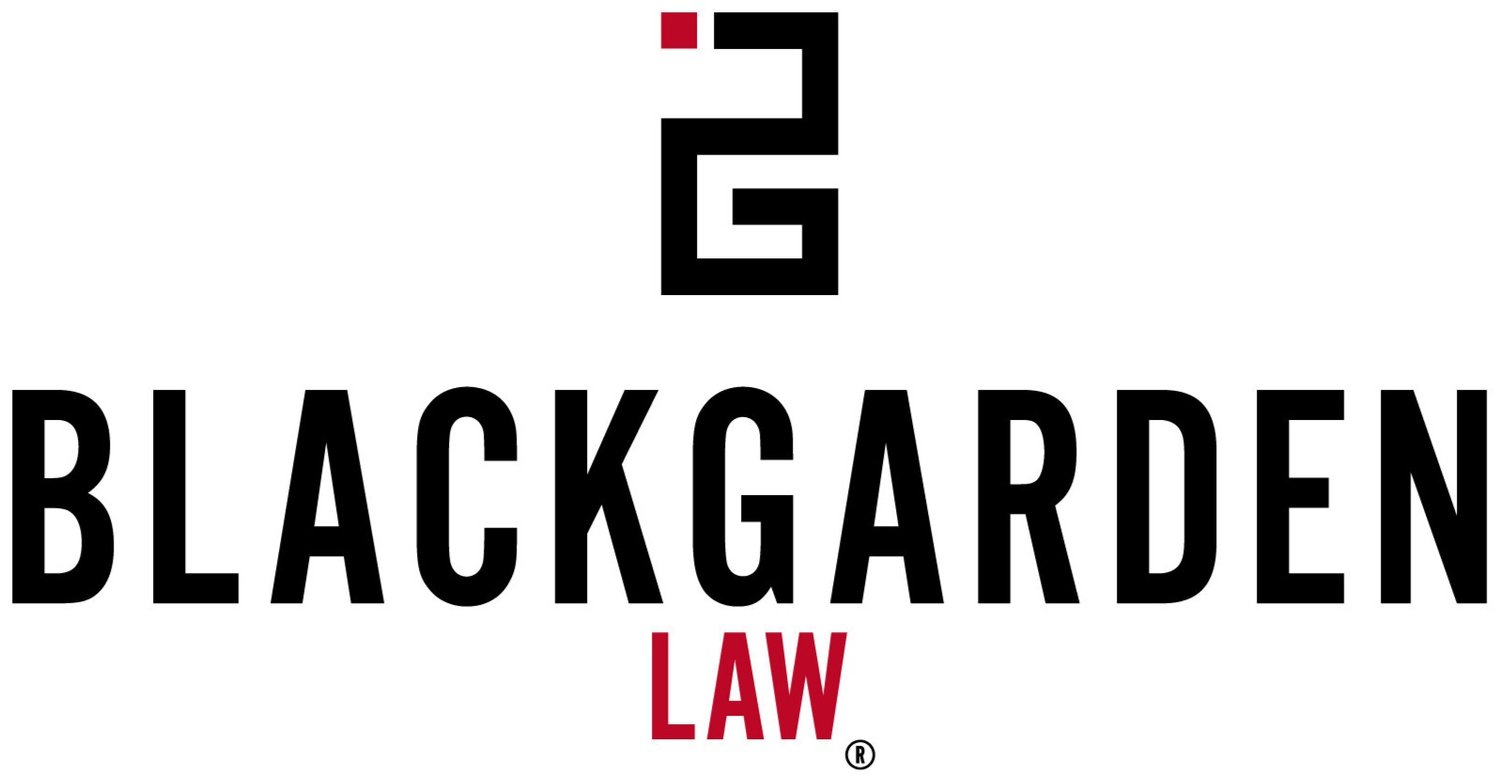Wacky Names and Bad Domains
With more domains available, new businesses have more names to choose from, but many fall into an expensive trap. More choices can make for a bad branding decision that is costly to fix. This post explains the new trends in startup names and the avoidable mistakes many will make.
Crunchbase just released its annual report on startup names and it is telling us (thankfully) that startup names are getting less silly. The question is, why were they silly to begin with? And the answer is, domains. (Watch the video)
Back in 2015, Paul Graham wrote an amazing article that said, if you don’t own yourname.com you are telegraphing weakness. Back in 2015 [dot]com was the gold standard and anything else was seen as a second-tier domain name. Consequently, there was so much competition in the namespace that they had to make up names, names like Curiosis, Synopsys, and Vooza that are not real words (“fanciful” to trademark geeks like me). These are fine but maybe a little hard to remember and challenging to spell. Fast forward to 2020 and a whole new generation has grown up with websites ending in .IO, .CO .NET and a bunch of other top-level domains (“TLDs”), which are now accepted by most consumers. Therefore, there now are thousands of new business names opening up that can be paired with a good domain.
Domain names are getting less silly. But a domain does not equal a trademark and does not equal a good brand. What some startups are doing is choosing very, very descriptive names, like thebrowser.company, which is a company that makes (you guessed it) internet browsers. Names that simply state descriptively or generically what a company does or makes can be a massive problem because it doesn't differentiate one company from any others in the market. A great example from a few years ago is a recruitment site for college students and recent graduates called CampusJob.com. The name was so descriptive, so generic for what they did, that users would tell their friends to check out CampusJob.com and they would hear CollegeJobs.com or some other variation of a site that had jobs for college students. Reporters even posted a link to the wrong site when covering them and their marketing would send people to the wrong site because users remembered and searched the name differently due to its lack of distinction. They had to completely change their name to WayUp.com, which worked out well in the long run but was a big and expensive distraction when it happened. The CEO wound up writing a great blog post about the mistake and what it took to fix it. Don’t fall into that trap.
With more top-level domains, startups can get a cool name that is not difficult to spell or difficult to remember but don't make it generic. Ideally, it can be arbitrary. Think Apple or Amazon or Toms. These names are easy to remember but they're not descriptive. They become associated with their company based on what the company does and people's experience with the company. So do all that but, one more thing; remember that domains are not trademarks, so make sure that there's not somebody else doing the same thing with a confusingly similar name. So think about Toms, for example. There are Toms Shoes and there's Tom's (ok Toms of Maine) toothpaste. Do people get them confused? Probably not, because the products are unrelated. So they can both exist alongside. We have Delta Air Lines, Delta Dental, Delta Faucets. All registered trademarks but you don't walk into Lowe's and go, "Oh, cool, the airline's making faucets." So to recap, we've got more domains available, it's easier to find a name that matches, but pick the name wisely. A company’s brand may become its most valuable asset. Make it protectable from the beginning.
Photo Credit: Matt Durst www.flickr.com/photos/thirstydurst/
The article was originally published on surefi.com in January of 2019

